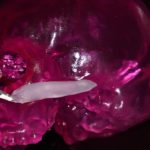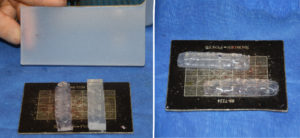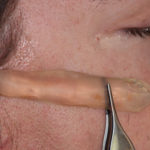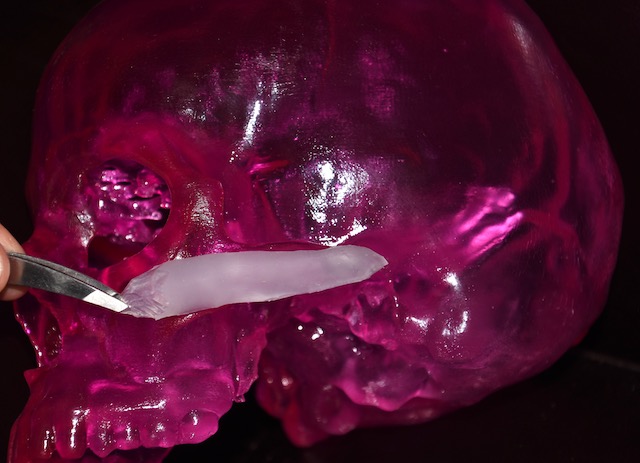The concept of cheek augmentation, regardless of the method used, is really referring to an external facial contour zone. While it is true that it largely refers to augmenting the bone that lies underneath it (or the soft tissue that lies above the bone when fillers or fat is used), this is not always exclusively true. This is evident in the submalar or malar shell style cheek implant where some of the implant augments the soft tissue below the main body of the zygomatic bone.
The one area of the cheek that no standard implant is capable of augmenting is the zygomatic arch or the posterior tail of the cheek. This is a well recognized zone of the cheek and is what constitutes a significant part of the high cheekbone or model cheek line. This creates a line of visible prominence that extends back almost the whole way to the ear. In some ways it almost parallels that of the jawline from a midfacial perspective.


zygomatic arch implant carving dr barry eppley IndianapolisThis short video demonstrates some of the hand carving needed to make a zygomatic arch implant out of a solid silicone block.

Zygomatic arch implants add a line of skeletal enhancement that horizontally cuts across the midface, creating a more defined facial shape. They can be placed intramurally and, because of their straight line shape, are the most straightforward of all midfacial implants to create by hand.
Dr. Barry Eppley
Indianapolis, Indiana



